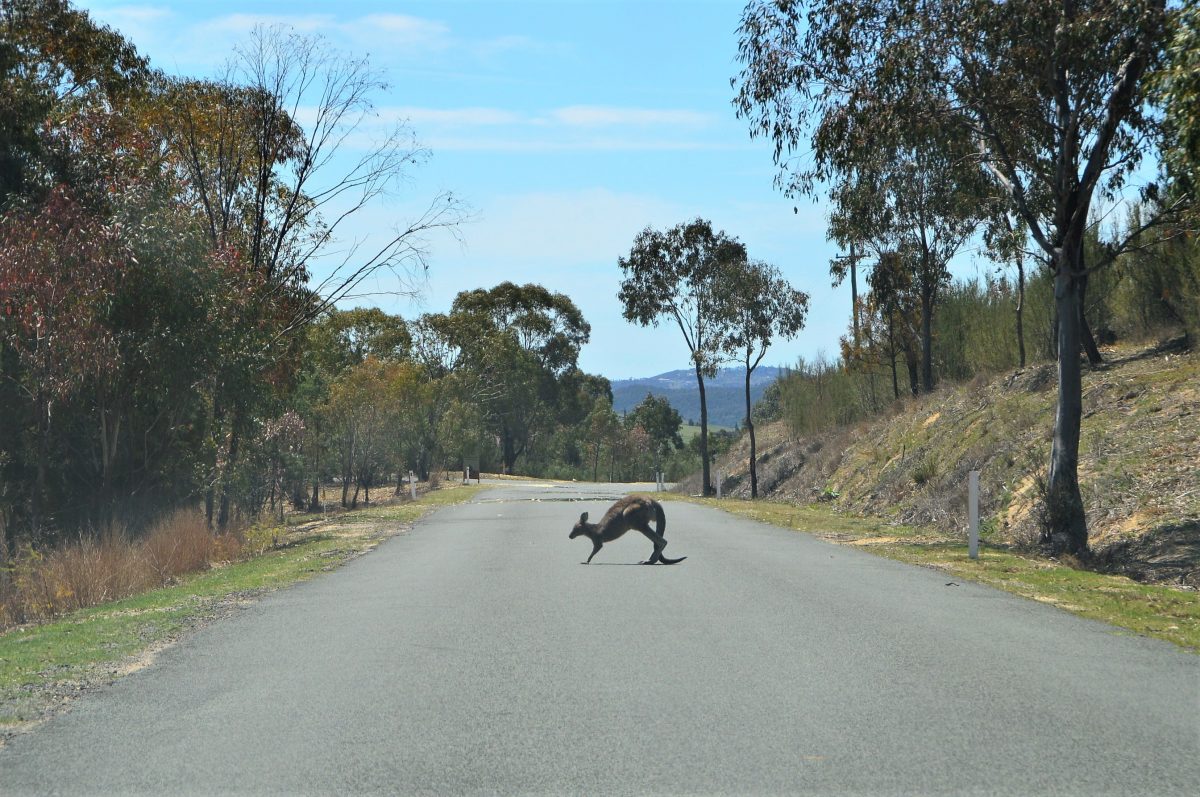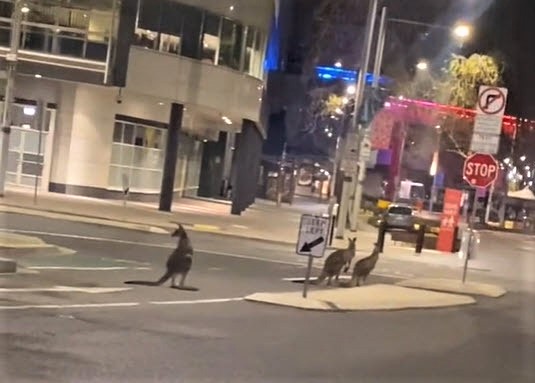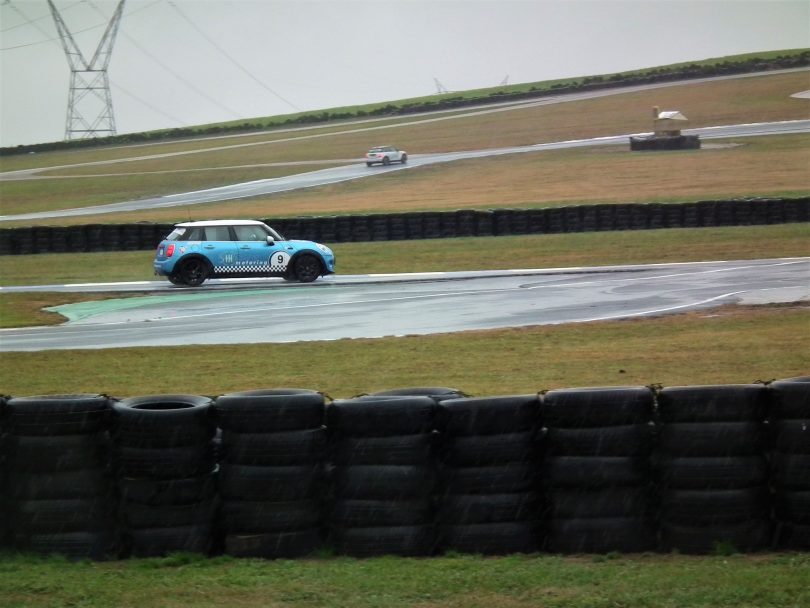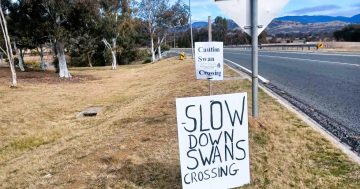
To swerve, or not to swerve? That is the question. Photo: Glynis Quinlan.
When it comes to the number of animals hit by cars each year in Australia by location, you might be surprised to learn that a capital city (in fact, the capital) would take second place.
But not according to the latest Wildlife Road Safety Report from the NRMA, which puts Canberra up there with regional NSW towns for the sheer number of animal-vehicle collisions.
The report compiles insurance claim data from NRMA and its parent-company IAG from all the Local Government Areas in NSW and the ACT between 2015 and 2020.
Dubbo came first with 689 insurance claims related to animal collisions, followed by Canberra with 568 and Goulburn (479).
The data firmly backs up the logic that stretches of road and highway in regional areas pose a greater risk of animal collision than suburban streets. The ACT is an exception, though, as many parts of the Territory resemble regional areas. The many wide open spaces and nature reserves might make a pleasant place to walk, but they are also habitats.
For vehicles, NRMA says the aftermath of a collision with an animal typically takes the form of damage to panels, bumpers, lights and doors, but can easily lead to serious injuries for the vehicle’s occupants if the driver attempts high-speed evasive manoeuvres.
For context, 30 of the 116 animal collisions reported in 2020 involved serious injuries.

Kangaroos in Civic during the 2020 COVID lockdown. Photo: Umair Rehmat.
The outcome tends to be worse for the animal.
“It’s estimated that 10 million animals die on Australian roads every year,” NRMA spokesperson Peter Khoury says.
“We know that driver behaviour is the single biggest contributor to motor vehicle accidents, so more focus needs to be placed on driver education around how to minimise the risk of accidents involving wildlife, particularly when driving on regional and rural roads.”
The NRMA encourages drivers to be particularly alert around dawn and dusk when wildlife tends to be most active. They also say that “if an animal moves in front of your vehicle, it’s critical that drivers do not swerve”, with efforts devoted to slowing the car down as much as possible.
Fifth Gear Motoring driving instructor Daniel Flanagan says not swerving is often suggested as a default safety move to avoid losing control or hitting other vehicles, but it isn’t always that simple.
“I’ve read reports of kangaroos coming through the windscreen of the car and causing huge damage to not only the vehicle but also injuring the occupants inside because all they did was brake. It’s a bit of a Catch-22.”
His first piece of advice is to know your vehicle.
“If you’ve got the ability to slow your car and then swerve, there’s absolutely nothing wrong with that,” he says.
“It’s about knowing whether your car has anti-lock brakes and active stability control because both those technologies make a huge difference. And yet when you buy a new car, dealerships often won’t explain how they work.”
An Antilock Braking System (ABS) prevents the wheels from skidding under heavy braking by releasing and reapplying the brakes several times a second (the driver can often feel this is as a shuddering through the brake pedal). Meanwhile, Electronic Stability Control (ESC) detects loss of steering control and automatically applies the brakes on different wheels to help bring the vehicle back in line.

Fifth Gear Motoring driver training at Wakefield Park Raceway. Photo: James Coleman.
Even with the best technology in the world, Daniel says you may not be able to avoid every accident, but you can reduce the severity of it. It all starts by looking ahead.
“As a driver, you need to be scanning from the bonnet to the horizon and back again in a continuous cycle because the sooner you spot a hazard, the more time you have to deal with it.”
Related to this, Daniel says regularly checking mirrors means drivers know exactly what’s around them if they do need to swerve.
“Checking your mirrors every eight to 10 seconds will make a huge difference when it comes to making the decision to swerve because you have an understanding of what’s around you. You won’t swerve if you know a car is in the lane next to you.
“People look for a do or don’t answer on these scenarios but not every scenario is the same.”













